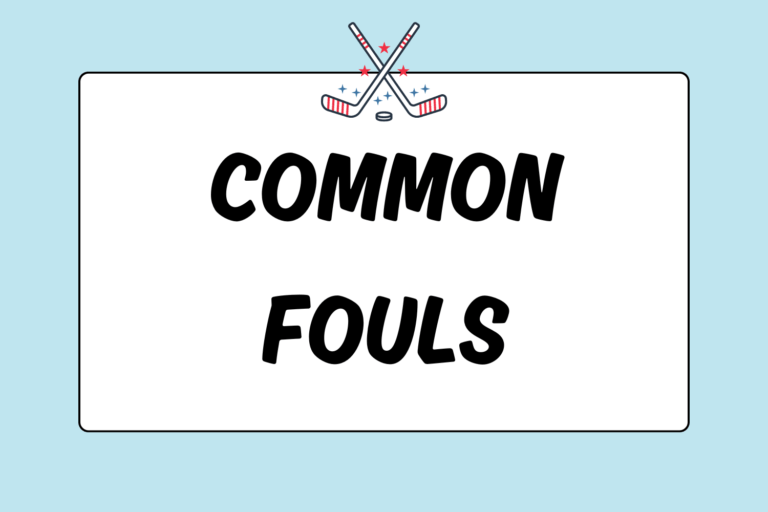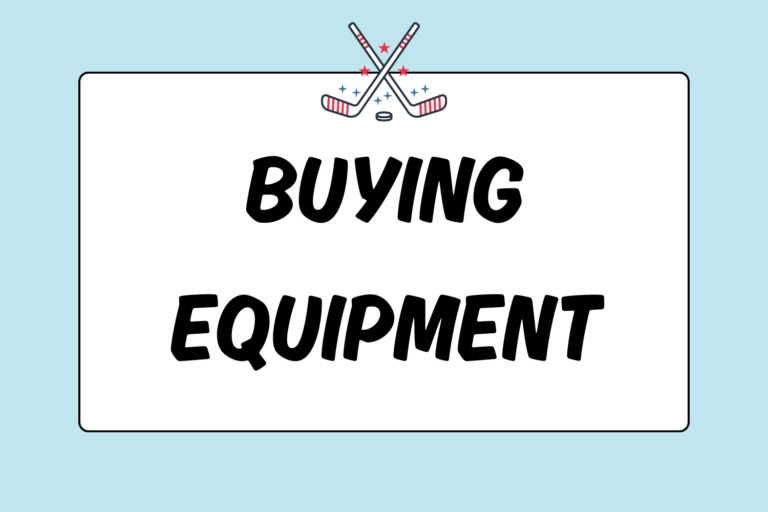Triangles, triangles, triangles — from the first day of training, triangle passes will be drilled into your head because they are the most fundamental strategies in field hockey. This guide will teach you the basics of triangle passing: What they are, how to do them, and when to use them in a game.
Triangles
Angles play a major role in the game. Defenders use wide angles to carry and clear the ball out of the defensive zone, and forwards use diagonal angles for shots on goal. Triangles, though, are the main geometric forms used for passing. Triangle passing is used to maintain possession of the ball and progress it up the field with the support of fellow teammates. The midfielders employ this strategy the most, as it is most commonly used in the neutral zone (the non-scoring or defensive zone) where they play.
Lingo
To master triangle passing, you must first learn the lingo.
- Flat pass: Any pass made directly to your right or left.
- Through pass: Any straight forward pass.
- Back pass: Any backwards pass.
- Diagonal pass: Any pass made at an angle. However, diagonal passing is generally not used in triangle passing because these passes are easily intercepted.
Forming the Triangle
Your triangle is always going to be a right triangle, and two or more people are needed to support the pass. The person with the ball is always the 90-degree angle in the triangle. The two remaining players are the other two points.
To better understand this concept, pretend you have the ball. You want to pass the ball over the shortest distance to your teammate without having it get intercepted by an opposing player. So, your teammates need to stand either flat, through, or back for the pass.
Having the option of passing the ball directly to the side or forward gives you an advantage over your opponent. If only one player is defending against you, she is physically incapable of covering both passes. As a result, you will always have an open teammate to pass to. Alternatively, if you pass diagonally to your teammate, you have to make a longer pass at a bad angle, giving the other team more time and opportunity to intercept the ball.
Passing
The teammates awaiting your pass are responsible for creating the second and third points of the triangle. So, how you move without the ball is just as important as how you move with it — you always want to make yourself available for a pass.
Your teammates will maneuver within the formation of a triangle to create these options. For example, if the right midfielder has possession of the ball, the center midfielder should be her left, flat pass; the right forward her through pass; and the right defender her back pass.
Once the initial pass is made, everyone is moving to create new passing options. For instance, if you start with the ball and make a pass, move to create another triangle passing opportunity for the player who now has the ball. The triangle is always formed around the ball — once the placement of the ball changes, so does the triangle.
Hot Tip: Draw It Out
If you look at the field in terms of triangles, a 3-2-3-2-1 formation is one of the better lineups. In this formation, you have three forwards, two inners (these players are positioned between the forwards and midfielders), three midfielders, two defenders, and one goaltender. This lineup is commonly used by national teams at the highest level of international play.
To better understand this, grab a pen and paper. Draw three dots at the top of the paper (leave some space between them). Then, draw two more dots in the spaces between and below the first three. Then, draw another three dots below the two that were just drawn — one in the middle and two to the outside. Draw another two dots in the spaces between and below the three newest dots. Finally, draw only one dot between and below the two you just drew. Then connect the dots to see how many triangles you can make!
Practice Drill
Practice makes perfect, right? So, you’ve got to practice, and this drill is bound to improve your understanding of how to move around the ball to form triangles. To complete this drill:
- Set up four cones in a square, each about five yards apart. Position three players at three different cones. One cone will be left open.
- The middle player will start with the ball and will make a pass to either teammate. This player becomes the new middle player.
- The player who did not receive the ball will run to the open cone (she should not have to run diagonally) to create a new passing option for the player with the ball.
- The players will continue to make flat and through passes to their teammates (they cannot pass the ball diagonally inside the square).
- When the ball is passed, the players without the ball readjust their positions so the player with the ball is always in the middle. She should have a flat and through pass opportunity at all times.
After about five minutes of practicing this drill, add in a defender. The defender is not allowed to step outside of the square and can only use her stick to jab at the ball. Once she gains possession of the ball, she will switch with the player who touched it last. She will then participate in passing, and the player who lost the ball becomes the new defender.
Make Smart Passes
With enough practice, triangle passing will develop into a habit. Making flat and through passes is smarter than making diagonal passes because there is less of a chance they get intercepted. But, make sure to look up before you pass! If you aren’t looking, you might assume your teammate is ready for a flat pass, but soon realize you just gave the ball to the other team. So as you practice passing in triangles, get into the habit of looking up and communicating with your teammates before releasing the ball. If you master this style of smart passing, your team will be unstoppable on the field!





